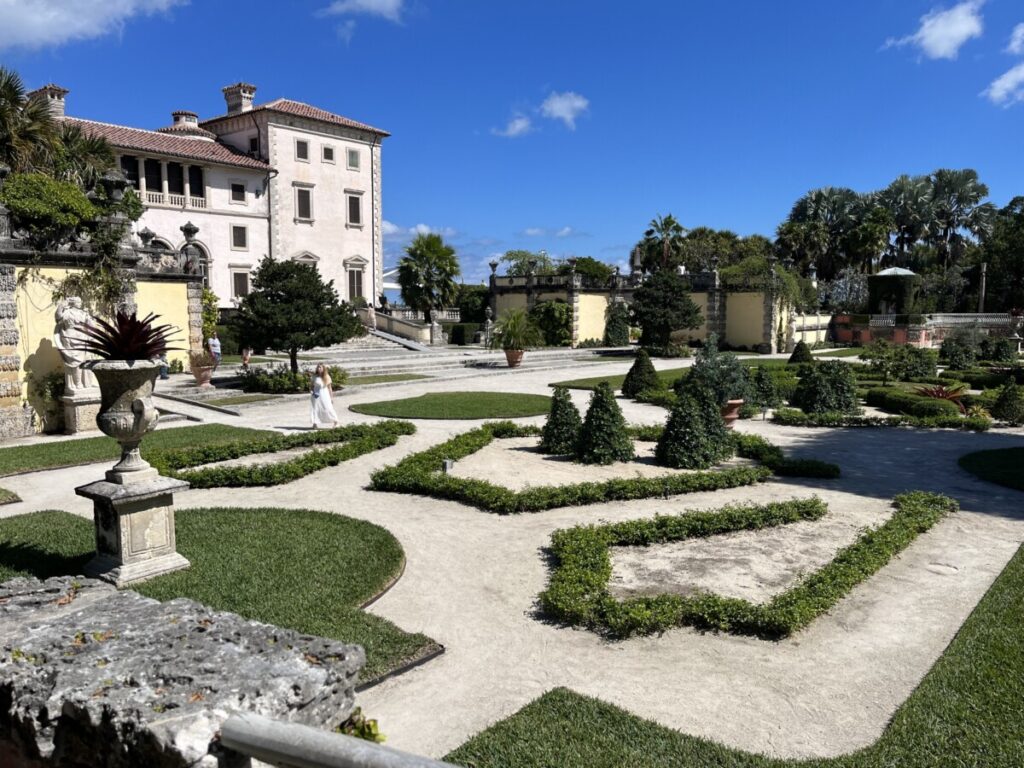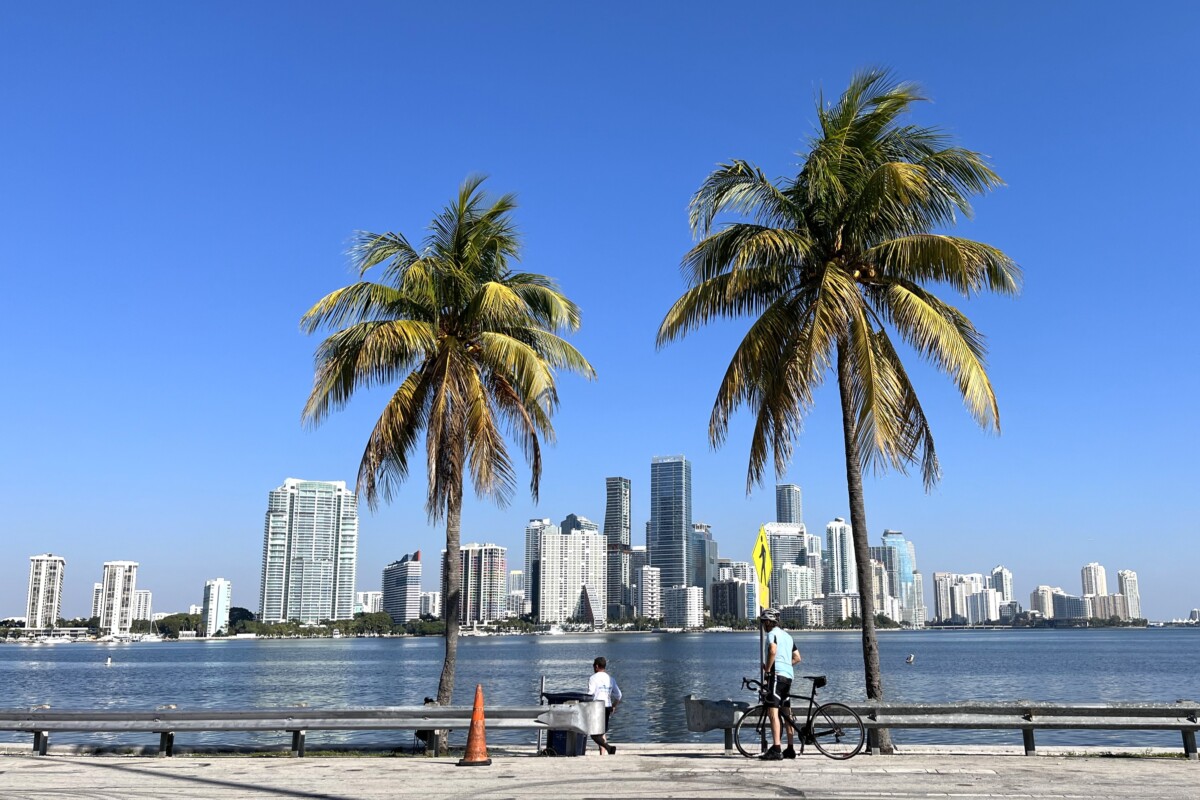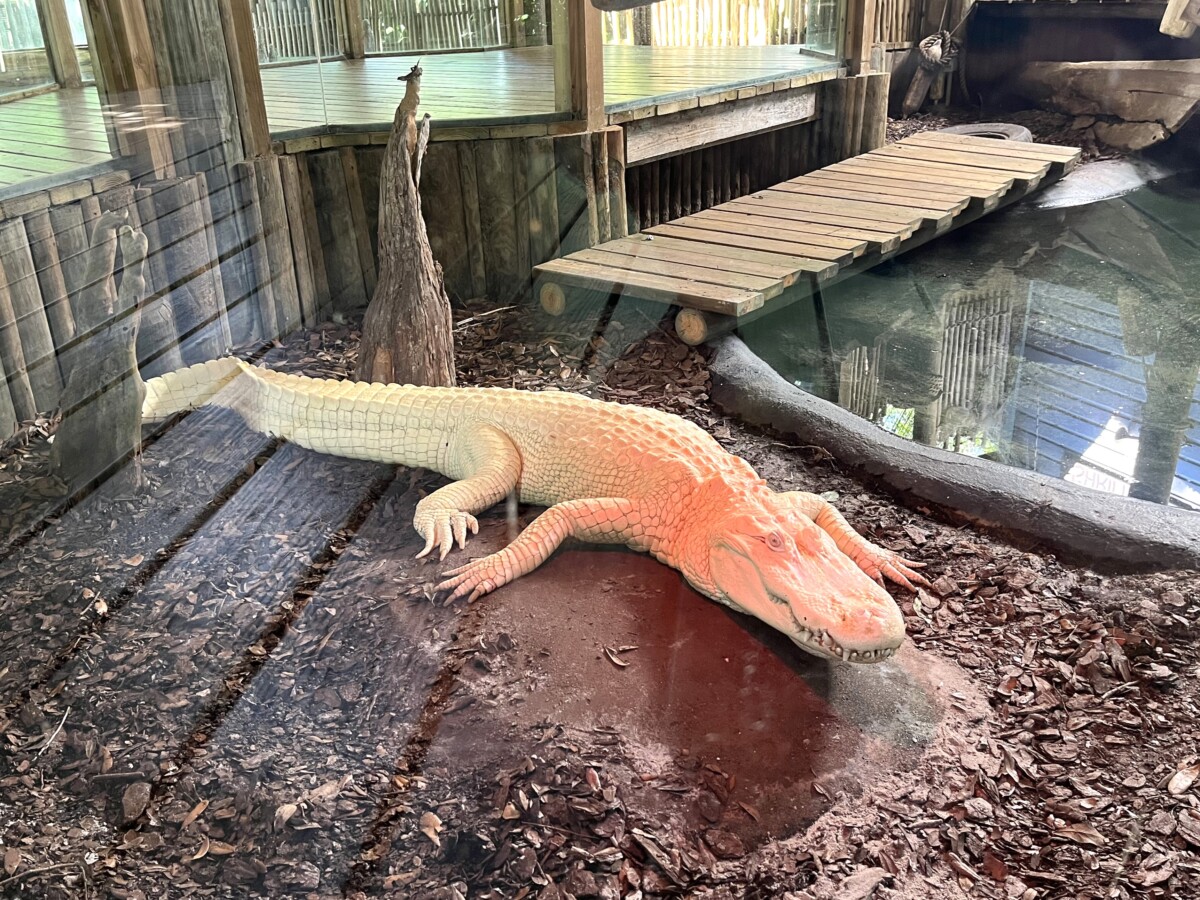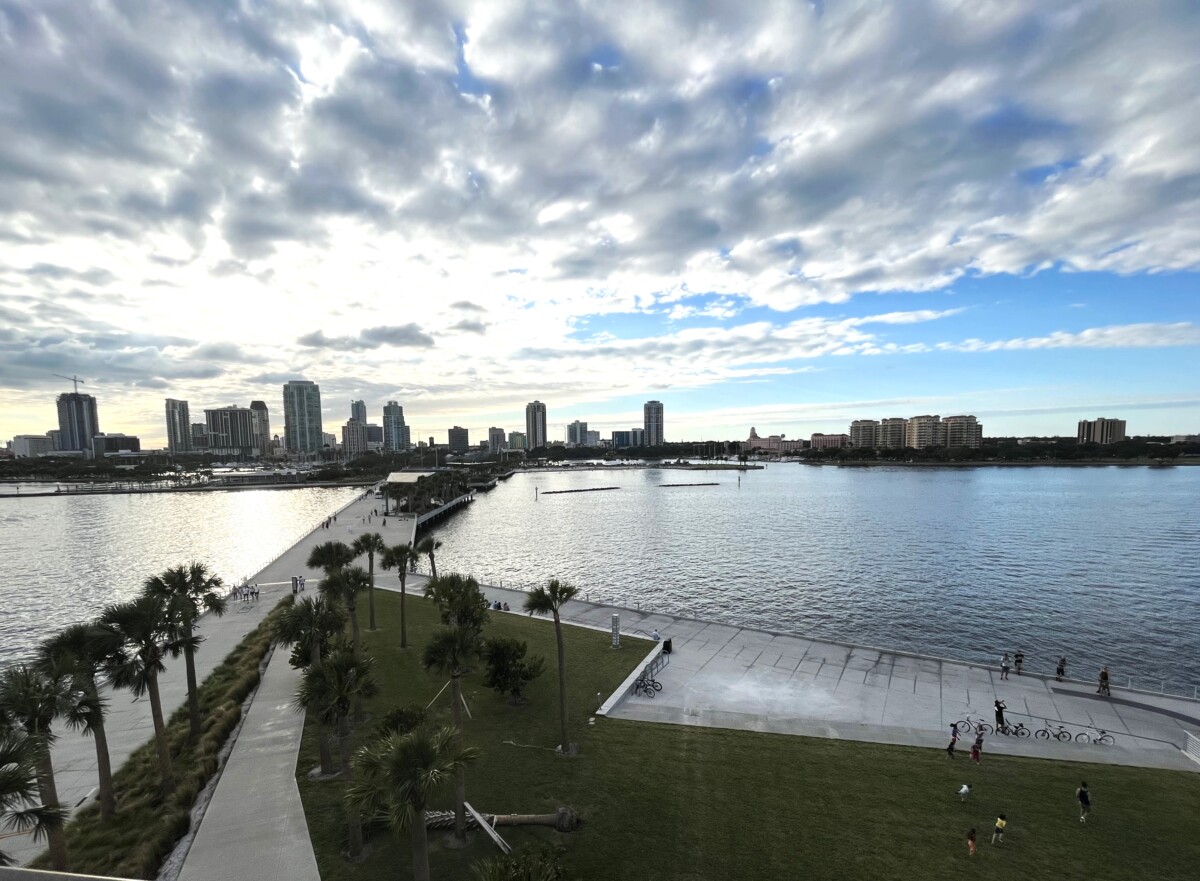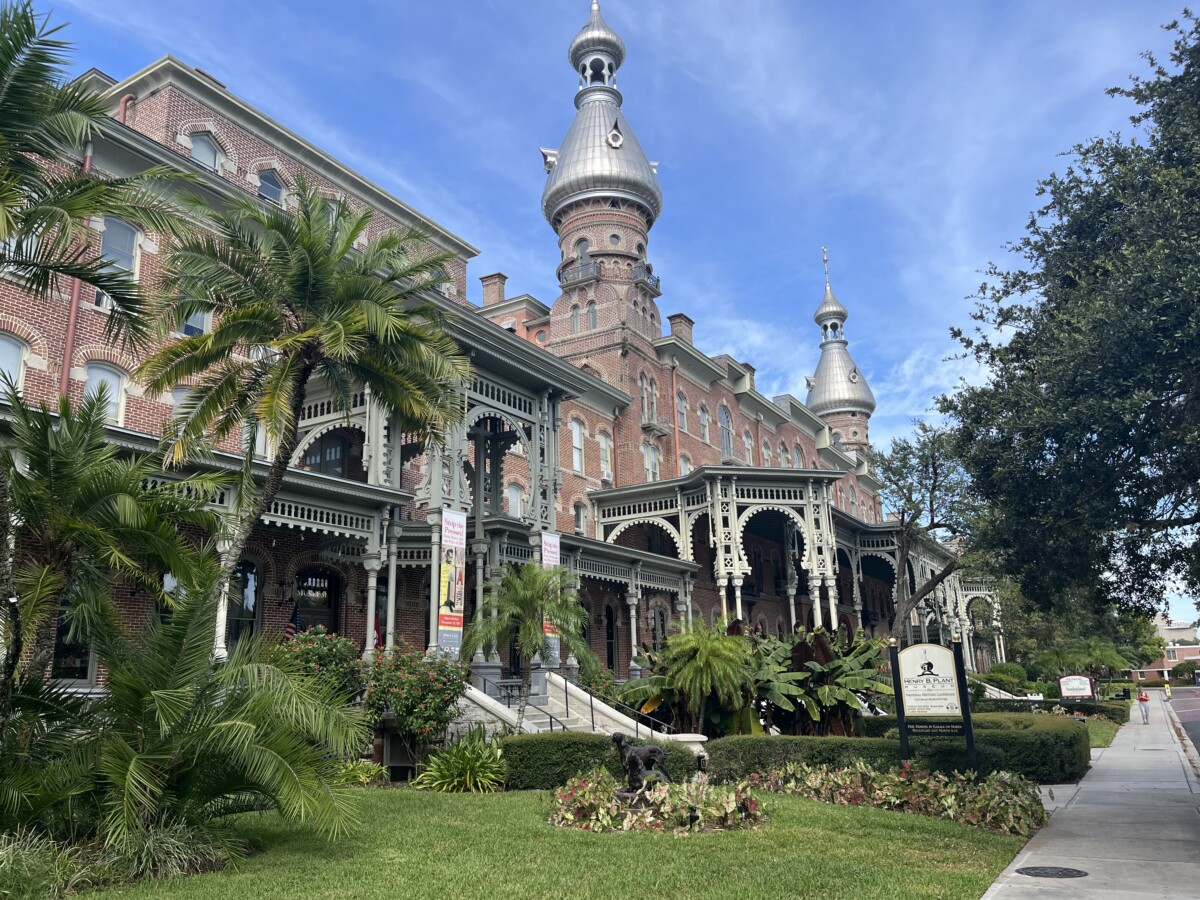The Henry B. Plant Museum, located on the University of Tampa campus, pays homage to one of the biggest railroad tycoons in the late 1800s. Not only did Plant link the United States to the western coast of Florida with railroads, but he also built one of the most opulent hotels during the Gilded Age of the 1890s.
History of Florida and Railroads
Although Florida gained statehood in 1845, the population remained relatively sparse due to transportation issues. The journey to central and south Florida consisted of uncomfortable roads, built by laying logs next to each other. Otherwise, wagons and horses sank in the sandy soil conditions. For that reason, Tampa remained a small fishing village of a little over 700 residents.
(more…)
